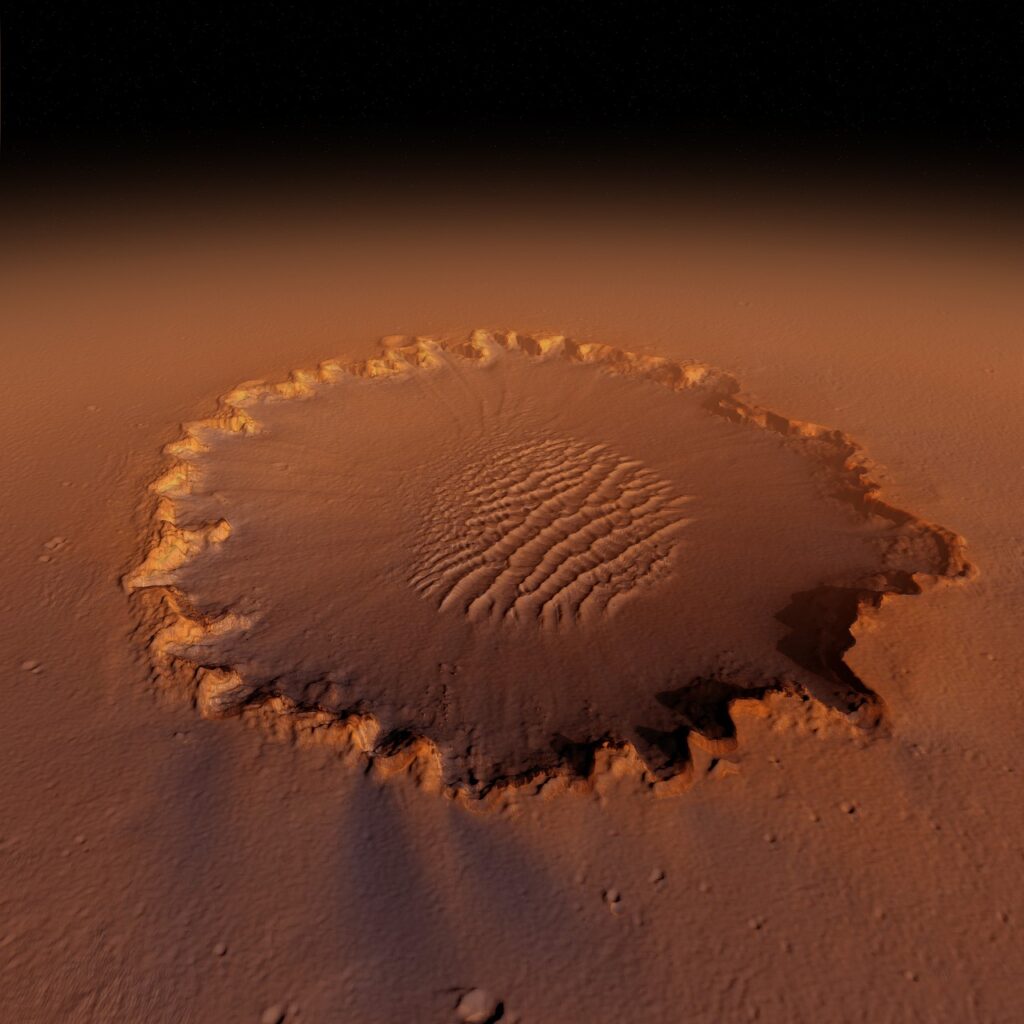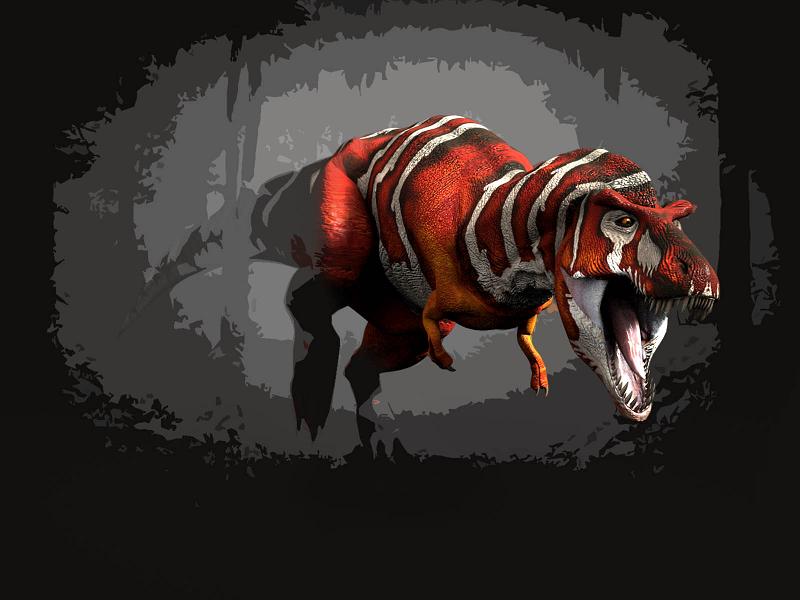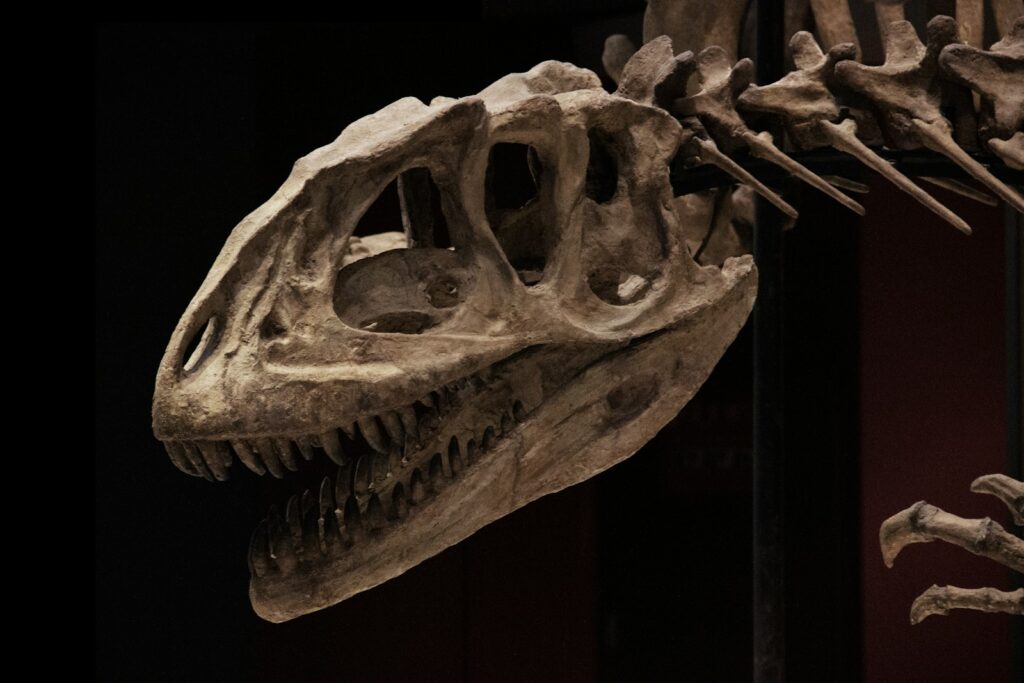In the vast expanse of northern Arizona’s desert, a massive wound in the Earth’s surface tells one of the most dramatic stories in our planet’s history. Barringer Crater, also known as Meteor Crater, stands as a testament to the incredible forces that have shaped our world for millions of years. This perfectly preserved scar stretches nearly a mile across and plunges 570 feet deep, making it the most intact impact crater on Earth. What makes this geological marvel truly extraordinary isn’t just its size or preservation, but the fact that it was created in mere seconds by an event so violent it would have been visible from space.
The Cataclysmic Birth of a Crater
Fifty thousand years ago, a metallic asteroid roughly 150 feet in diameter hurtled through Earth’s atmosphere at an unimaginable speed of 26,000 miles per hour. The impact that followed released energy equivalent to 150 times the atomic bomb dropped on Hiroshima. In an instant, 175 million tons of rock were vaporized, melted, or hurled into the air, creating a mushroom cloud that towered miles into the sky.
The asteroid itself was destroyed upon impact, but not before carving out this incredible crater in the Colorado Plateau. The force was so intense that it created temperatures exceeding 3,600 degrees Fahrenheit, instantly transforming limestone and sandstone into shocked minerals that can only be formed under extreme pressure conditions. This cosmic collision happened so recently in geological terms that erosion has barely touched the crater’s rim.
A Time Capsule from the Pleistocene Era
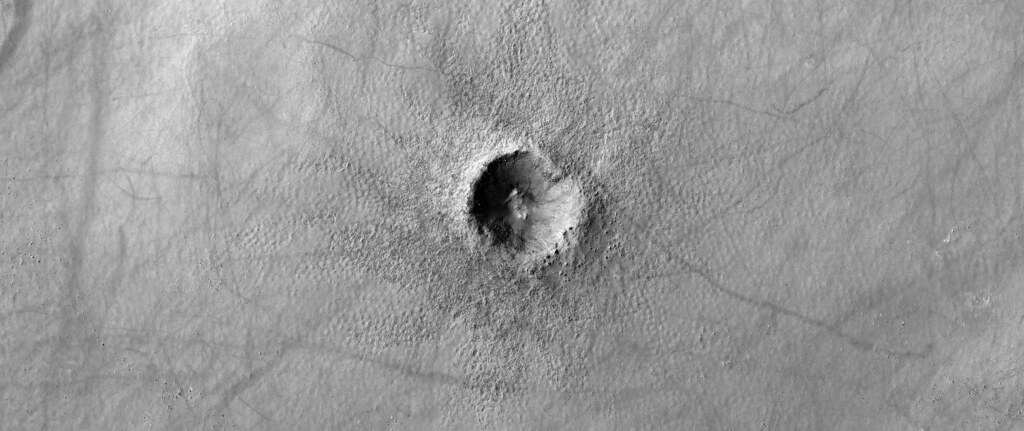
When the impact occurred, North America looked dramatically different from today. Mammoths roamed the landscape, saber-toothed cats prowled the forests, and early humans were just beginning to establish themselves on the continent. The crater formation coincided with the late Pleistocene epoch, a time when ice sheets covered much of North America and the climate was considerably cooler and wetter than today.
Archaeological evidence suggests that Native American peoples discovered the crater thousands of years ago and incorporated it into their cultural traditions. The Diné (Navajo) people have long considered the site sacred, believing it to be a place where powerful spirits reside. Their oral traditions speak of a great fire that fell from the sky, creating the circular depression that remains today.
The Man Who Proved Meteors Could Strike Earth
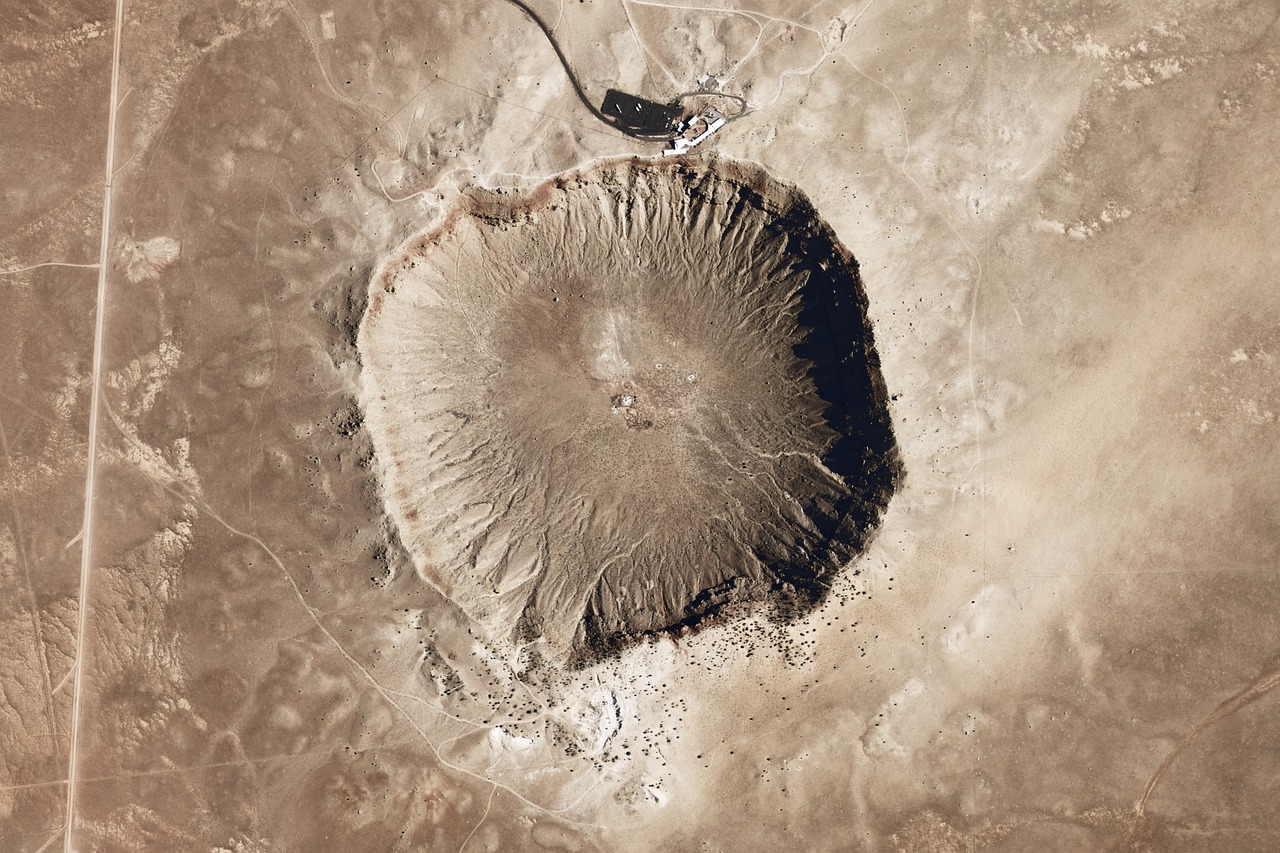
For decades, scientists debated whether Meteor Crater was formed by volcanic activity or a meteorite impact. The controversy was finally settled by mining engineer Daniel Barringer, who spent 27 years and his entire fortune trying to prove the crater’s extraterrestrial origin. Barringer was convinced that a massive iron meteorite lay buried beneath the crater floor, and he spent from 1903 to 1929 drilling holes in search of this metallic treasure.
Though Barringer never found the main mass of the meteorite (which had been completely vaporized upon impact), his research provided crucial evidence for the impact theory. He discovered shocked quartz, coesite, and other minerals that could only form under the extreme pressures of a meteorite impact. His work revolutionized our understanding of impact craters and earned him the honor of having the crater named after him.
Scientific Goldmine in the Desert
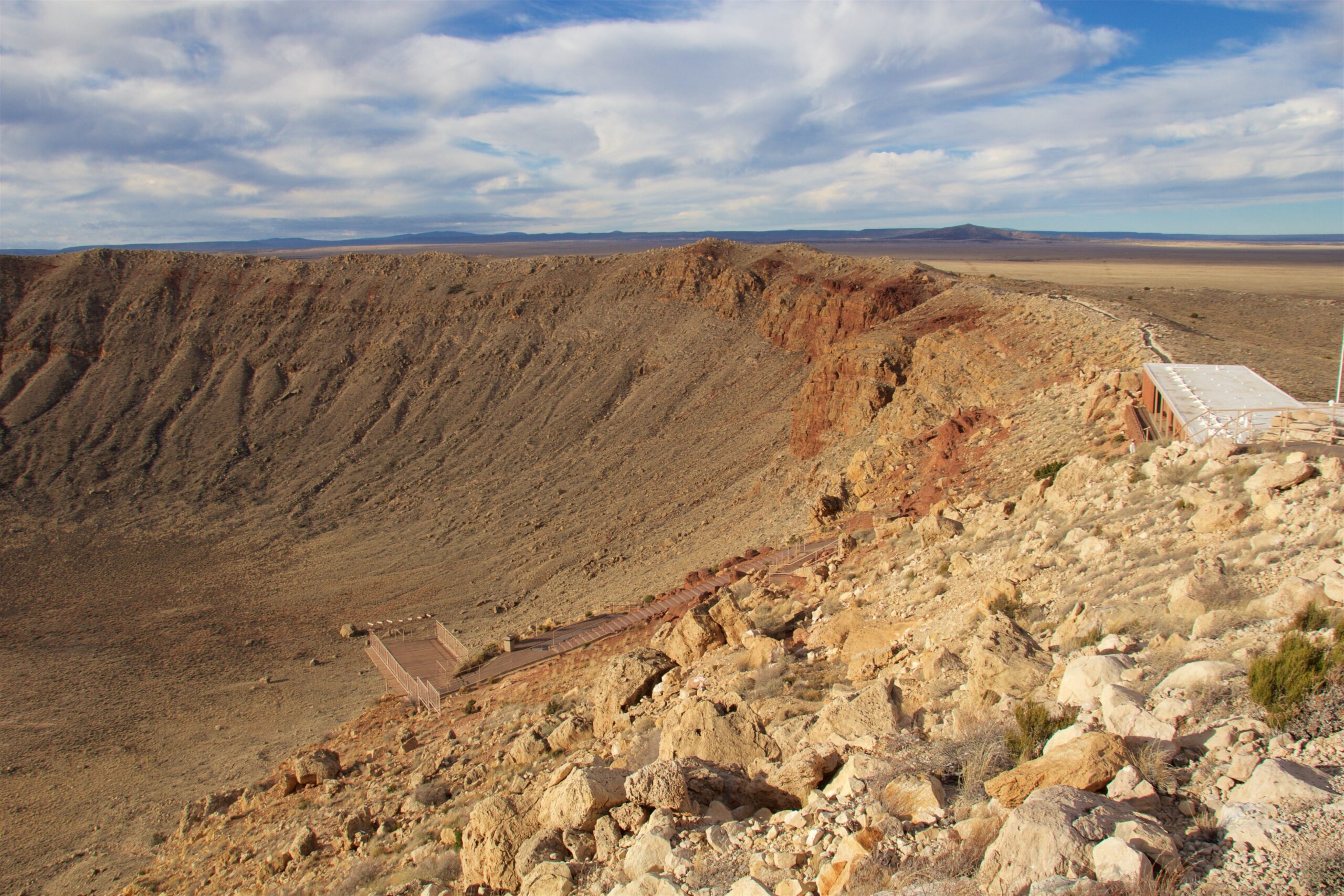
Barringer Crater serves as an invaluable laboratory for understanding impact processes on Earth and other planets. The crater’s exceptional preservation allows scientists to study impact mechanics, shock metamorphism, and the formation of complex crater structures. Research conducted here has direct applications to understanding craters on the Moon, Mars, and other celestial bodies.
The site has yielded numerous scientific discoveries, including the identification of new minerals formed only under extreme impact conditions. Scientists have found diamonds created by the intense pressure and temperature of the impact, as well as rare forms of silica that provide insights into the physics of high-velocity collisions. These findings have helped researchers understand how impacts have shaped planetary surfaces throughout the solar system.
NASA has used Barringer Crater as a training ground for Apollo astronauts, recognizing its similarity to lunar impact craters. The site continues to serve as an analog for understanding impact processes on other worlds and helps scientists interpret crater formations observed on Mars and the Moon.
The Vanishing Act of a Massive Meteorite
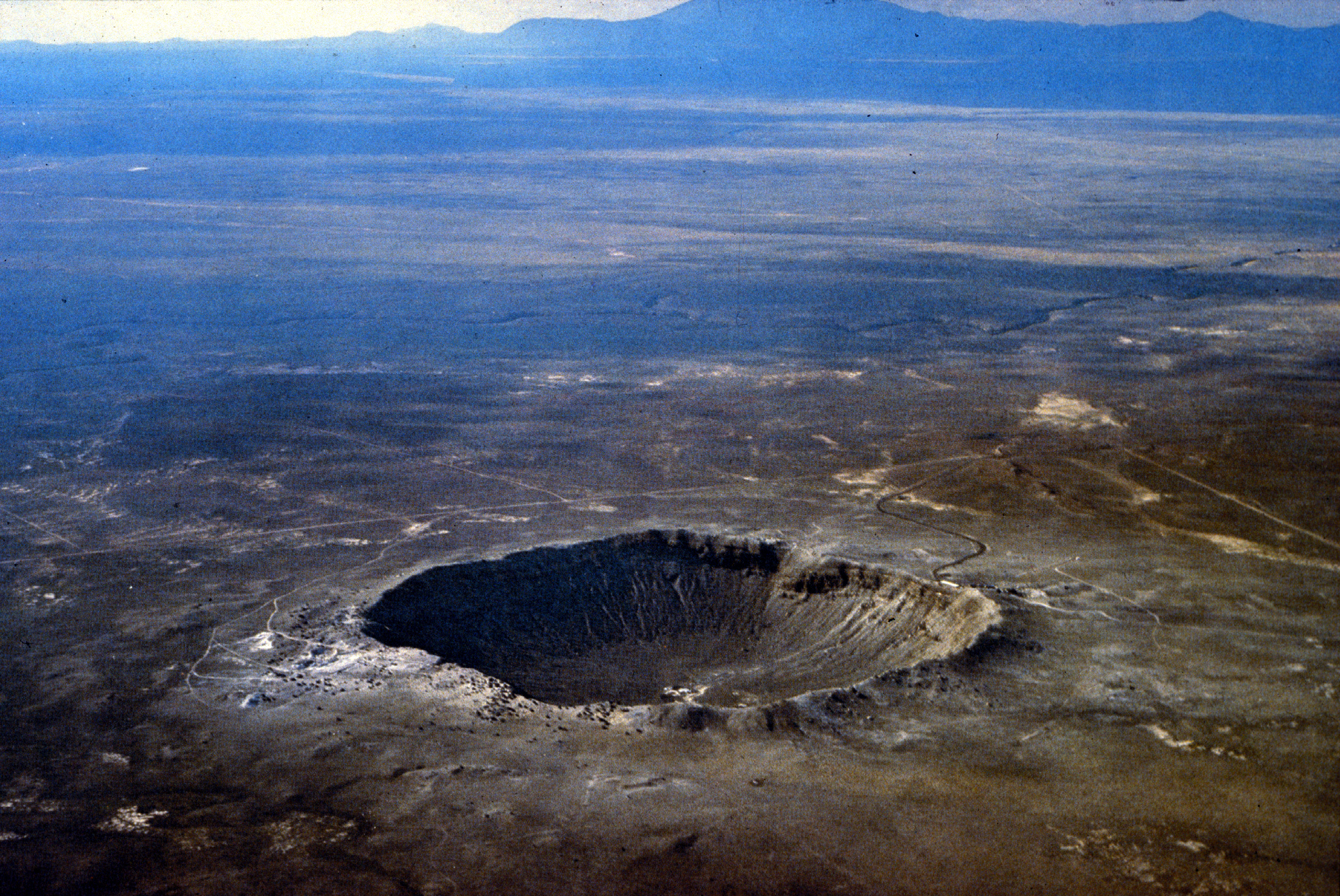
One of the most fascinating aspects of Barringer Crater is what’s missing rather than what’s present. The 300,000-ton iron meteorite that created this massive crater was almost entirely vaporized upon impact, leaving behind only tiny fragments scattered across the surrounding landscape. This destruction demonstrates the incredible energies involved in high-velocity impacts.
Scientists have recovered only about 30 tons of meteorite fragments from the area, representing less than 0.01% of the original mass. These fragments, ranging from microscopic particles to chunks weighing several pounds, are composed primarily of iron and nickel. The largest recovered piece weighs 1,400 pounds and is displayed at the crater’s visitor center.
A Crater That Defied Erosion
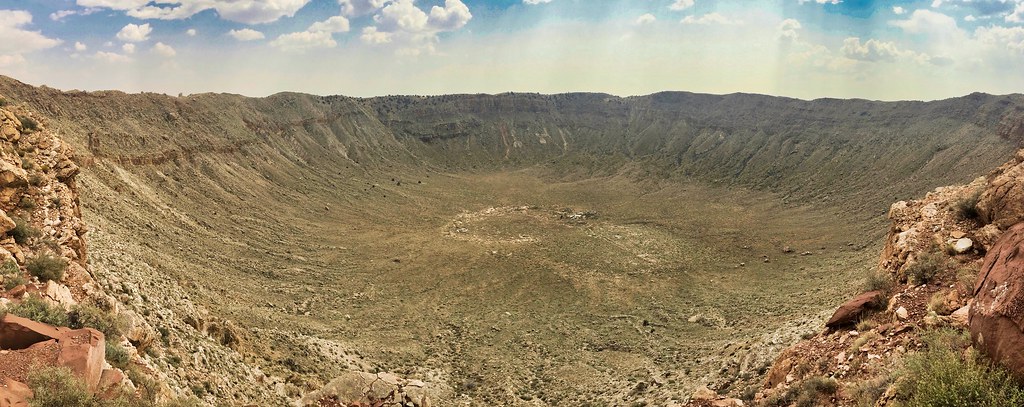
What makes Barringer Crater truly remarkable is its state of preservation. Unlike most terrestrial impact craters, which have been heavily eroded or buried by sediments over millions of years, Barringer Crater remains virtually intact. The arid climate of the Colorado Plateau, combined with the crater’s relatively young age, has protected it from the weathering forces that typically erase such features from Earth’s surface.
The crater’s rim rises 150 feet above the surrounding plain, creating a natural amphitheater that has changed little since its formation. This preservation allows visitors to experience what an impact crater looked like immediately after its creation, something impossible at any other location on Earth. The crater’s walls reveal layers of rock that tell the story of the impact, with upturned and overturned rock strata visible.
Mining Dreams and Scientific Reality
Daniel Barringer’s mining ventures at the crater were driven by calculations suggesting that the meteorite contained enough iron and nickel to be worth millions of dollars. He established the Standard Iron Company and spent decades drilling into the crater floor, convinced that the main mass of the meteorite lay intact beneath the surface. His efforts included drilling a shaft 1,376 feet deep, the deepest penetration ever made into the crater floor.
The mining operation became a costly lesson in impact physics. Barringer’s calculations were based on the assumption that the meteorite had survived impact and remained buried as a solid mass. However, modern understanding of high-velocity impacts reveals that such complete vaporization is typical for objects striking at cosmic velocities. The kinetic energy of the impact was so enormous that it converted the meteorite into plasma, gas, and tiny fragments.
Despite the financial failure of his mining venture, Barringer’s work laid the foundation for modern impact crater research. His detailed documentation of the crater’s features and the shocked minerals found there provided crucial evidence for the impact theory, which was still controversial in the early 20th century.
Shocked Rocks Tell Ancient Stories
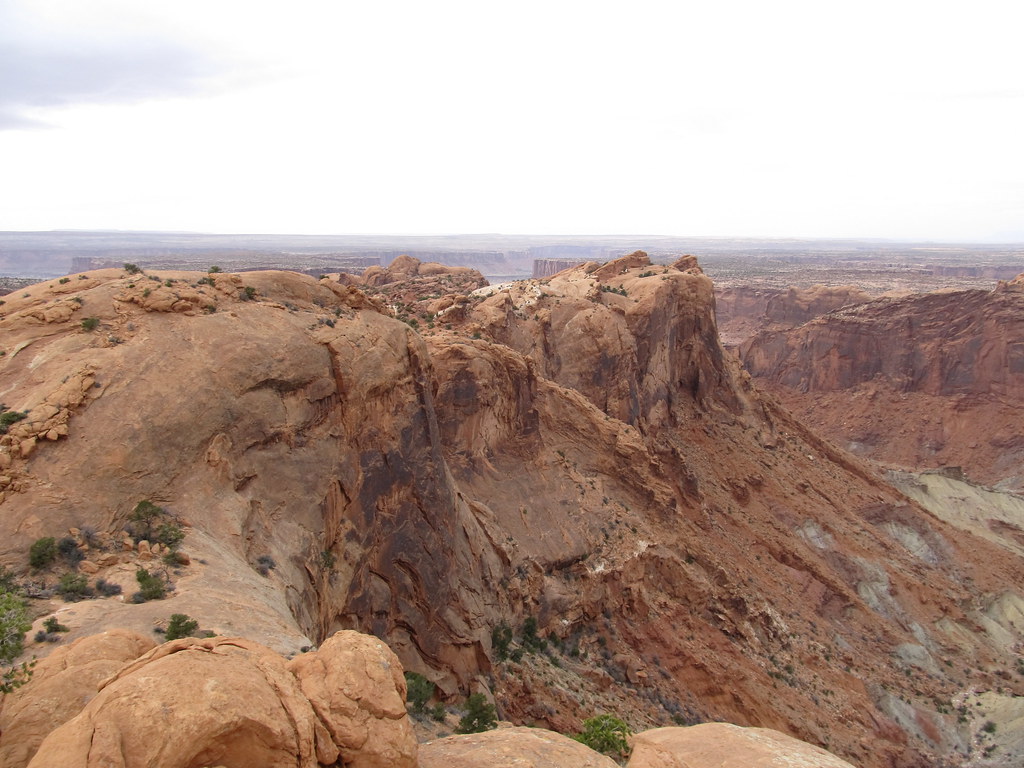
The impact that created Barringer Crater subjected the local bedrock to pressures exceeding 100,000 times atmospheric pressure, creating unique minerals that serve as fingerprints of the cosmic collision. These shocked minerals, including coesite and stishovite, are high-pressure forms of quartz that can only form under extreme conditions. Their presence provides definitive proof of the crater’s impact origin.
Scientists have also discovered shatter cones in the crater’s walls, distinctive cone-shaped fractures that point toward the center of the impact. These geological features are diagnostic of shock metamorphism and help researchers understand the direction and intensity of the impact forces. The study of these shocked rocks has advanced our understanding of how impacts affect planetary surfaces.
The crater’s walls preserve a record of the impact’s violence, with rock layers that were instantaneously melted, shattered, and overturned. This geological evidence allows scientists to reconstruct the impact sequence and understand how such events shape planetary surfaces throughout the solar system.
Wildlife Oasis in the Desert
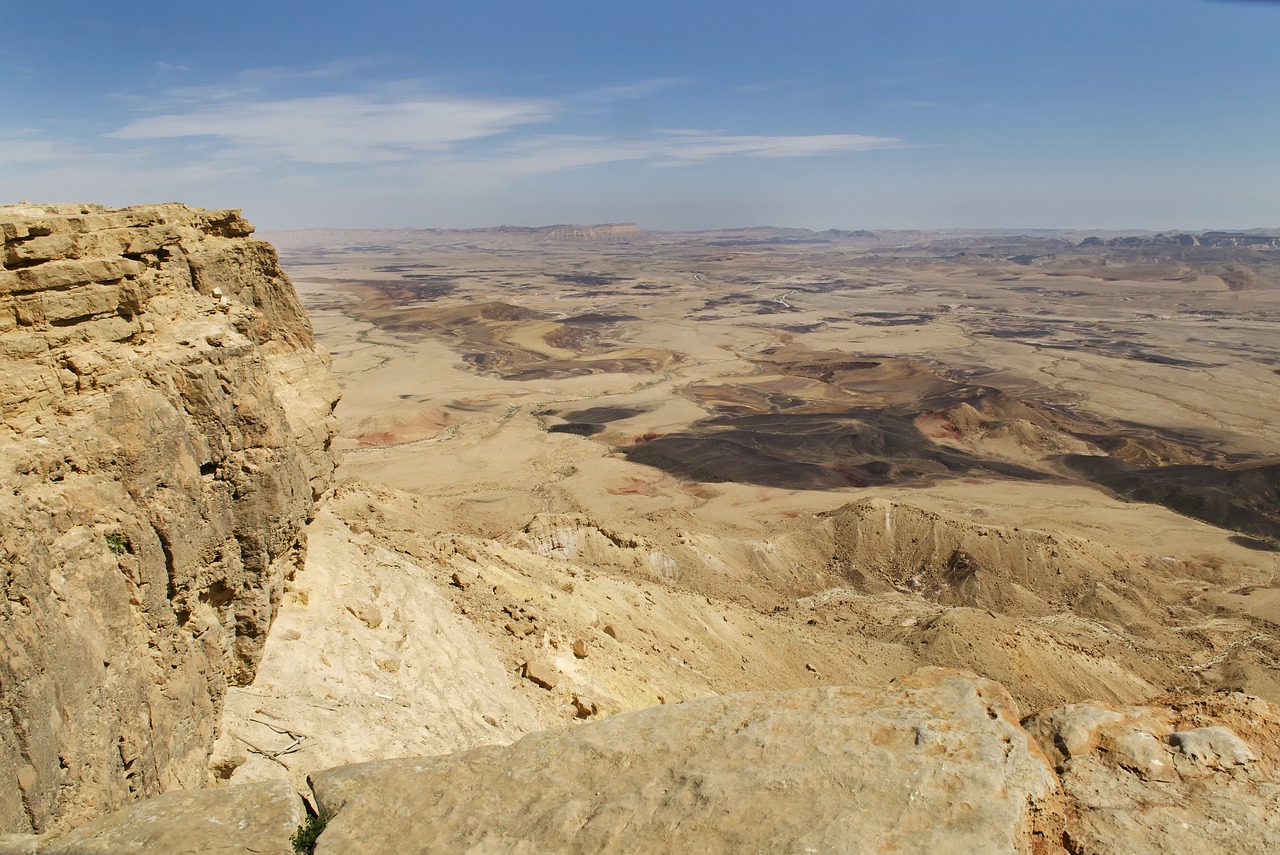
Despite its violent origin, Barringer Crater has become an unexpected haven for desert wildlife. The crater’s unique microclimate, created by its depth and sheltered walls, supports plant and animal communities that differ from the surrounding plateau. The cooler temperatures and increased moisture retention within the crater create conditions that allow certain species to thrive.
The crater floor supports a diverse ecosystem including various desert plants, small mammals, and reptiles. Birds of prey often nest on the crater’s rim, taking advantage of the thermal updrafts created by the crater’s unique topography. This ecological diversity adds another layer of scientific interest to the site, demonstrating how geological features can influence biological communities.
A Window to Other Worlds
Barringer Crater serves as Earth’s most accessible analog for understanding impact processes on other planets. The crater’s size, preservation, and accessibility make it an ideal location for testing theories about crater formation on the Moon, Mars, and other celestial bodies. Scientists use the crater to calibrate models of impact processes and to understand how craters evolve.
The similarities between Barringer Crater and lunar craters are particularly striking. Both formed in similar target rocks and under comparable impact conditions, making the Arizona crater an excellent terrestrial laboratory for understanding lunar geology. This research has direct applications for future lunar missions and our understanding of the Moon’s geological history.
Studies at Barringer Crater have also contributed to our understanding of Mars’ impact history. The crater’s preservation in an arid environment provides insights into how Martian craters might have formed and evolved in that planet’s dry climate. This research helps scientists interpret the geological features observed by Mars rovers and orbiters.
The Cosmic Shooting Gallery
Barringer Crater represents just one example of the cosmic bombardment that has shaped Earth throughout its history. While our planet’s active geology has erased most evidence of ancient impacts, the crater reminds us that Earth exists in a cosmic shooting gallery where impacts are not just possible but inevitable. Current estimates suggest that Earth is struck by objects capable of creating Barringer-sized craters roughly once every 50,000 years.
The crater’s existence highlights the ongoing threat posed by near-Earth asteroids and comets. While impacts of this magnitude are rare on human timescales, they are frequent enough to warrant serious scientific attention. The study of Barringer Crater helps researchers understand the potential consequences of future impacts and develop strategies for planetary defense.
Modern astronomy has identified thousands of potentially hazardous asteroids, objects large enough to cause significant damage if they struck Earth. The lessons learned from studying Barringer Crater contribute to our ability to assess these threats and develop mitigation strategies for protecting our planet from future impacts.
Visiting the Crater Today
Today, Barringer Crater attracts hundreds of thousands of visitors annually who come to witness this testament to cosmic violence. The privately owned site features a world-class visitor center with interactive exhibits, a museum displaying meteorite fragments, and observation decks that provide spectacular views of the crater. The facility offers educational programs that help visitors understand the science behind impact craters and their significance in planetary geology.
The visitor experience includes guided tours that explain the crater’s formation, the history of its discovery, and its ongoing scientific importance. Visitors can see actual meteorite fragments recovered from the site, learn about the impact process through interactive displays, and gain an appreciation for the forces that have shaped our solar system. The center also features a theater that presents dramatic recreations of the impact event.
For many visitors, standing on the rim of Barringer Crater provides a profound perspective on Earth’s place in the cosmos. The crater serves as a tangible reminder that our planet is part of a dynamic solar system where catastrophic events can occur on timescales that dwarf human experience.
Future Research and Discoveries
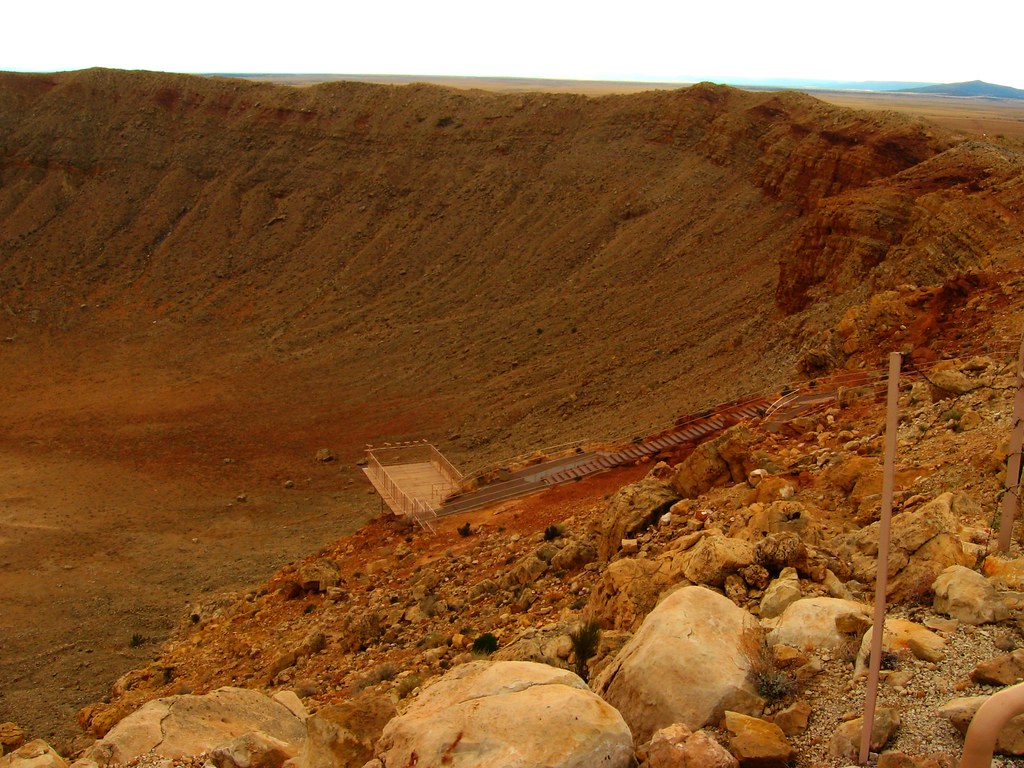
Scientific research at Barringer Crater continues to yield discoveries about impact processes and their effects on planetary surfaces. Advanced analytical techniques allow researchers to extract increasingly detailed information from the crater’s rocks and shocked minerals. These studies contribute to our understanding of how impacts affect planetary atmospheres, climates, and the potential for life.
Current research focuses on understanding the environmental effects of the impact, including how it might have affected local climate and ecosystems. Scientists are also studying the crater’s long-term evolution to understand how similar features might change over time on other planets. This research has implications for interpreting the geological history of Mars and other worlds.
The crater remains an active field laboratory where new techniques for studying impact processes are developed and tested. As our understanding of impact cratering continues to evolve, Barringer Crater will undoubtedly continue to play a crucial role in advancing planetary science and our understanding of the solar system’s violent history.
The Lasting Impact

Standing at the rim of Barringer Crater, visitors witness more than just a hole in the ground – they experience a tangible connection to the cosmic forces that have shaped our solar system for billions of years. This perfectly preserved impact crater serves as both a scientific laboratory and a humbling reminder of Earth’s place in a universe where catastrophic events can occur in the blink of an eye. The crater’s story encompasses everything from the physics of high-velocity impacts to the perseverance of scientists who challenged conventional wisdom to uncover the truth about our planet’s violent past.
The research conducted at Barringer Crater has revolutionized our understanding of impact processes and their role in shaping planetary surfaces throughout the solar system. From training Apollo astronauts to developing planetary defense strategies, this Arizona landmark continues to contribute to humanity’s exploration of space and our understanding of cosmic threats. As we face an uncertain future in a universe filled with potentially hazardous asteroids, the lessons learned from this 50,000-year-old scar in the Earth remind us that sometimes the most profound discoveries come from the most unexpected places.
What secrets might still be hidden in the rocks and minerals of this ancient impact site, waiting to reshape our understanding of the cosmos once again?

